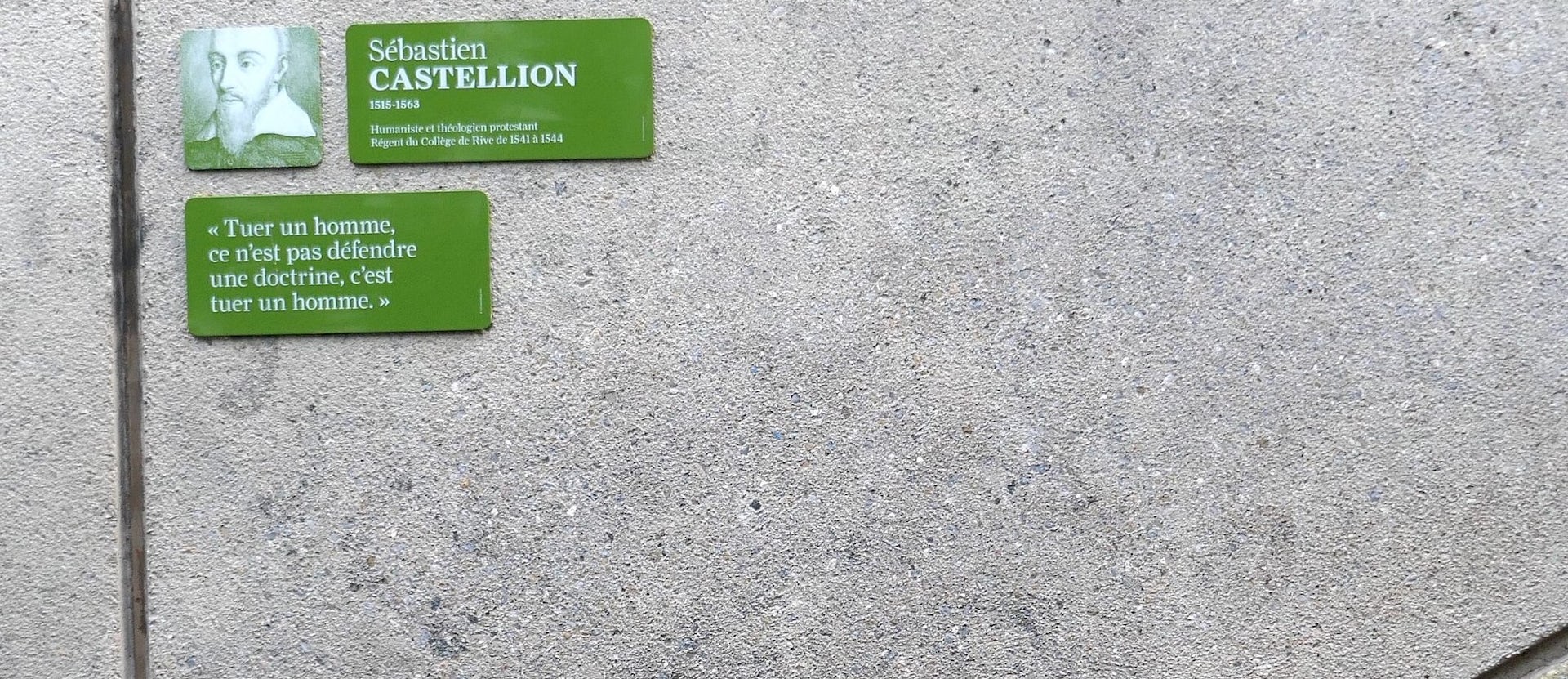Schools must equip students to navigate alt-right websites that push fake news
A researcher discovered that many US students cite alt-right websites in their research papers. Should teachers discuss the websites to help students tell fact from fiction?

More than 60 percent of America’s middle and high school students rely on alt-right internet sites as credible sources for their research papers. The students are using alt-right sites to write papers on topics that range from free speech and the Second Amendment to citizenship, immigration and the Holocaust.
These were among the key findings of a preliminary survey of 200 teachers I conducted recently to develop a snapshot of how common it was for middle and high school students to turn to alt-right websites.
As a researcher who specializes in teaching what is known as “hard histories,” including slavery, the Holocaust and other genocides, this finding is of concern, particularly as the nation approaches the one-year anniversary of the tragedy in Charlottesville, Virginia.
Who they are
The alt-right is a connected set of far-right groups, beliefs and individual people. They believe in white supremacy, and that it is under attack by multiculturalism, political correctness and social justice. It was the alt-right that marched in Charlottesville, shouting Nazi slogans and invoking the KKK. One way the alt-right recruits new members is through social media and other online platforms.
Despite the link between the alt-right and the Charlottesville tragedy, students are still using alt-right websites for their research papers in school, according to teachers I surveyed in New Jersey, Pennsylvania and New York. The teachers reported that the students cite these websites in their bibliographies but often struggle to make sense of the information they obtained from the sites.
These sites are increasingly prominent. In fact, it is interesting to note that the alt-right websites teachers list as being used most often by their students have all been started since 2005, with the exception of one, and many have come into existence in just the past five years.
Examining alt-right websites
The question becomes, then, what should teachers do regarding these sites? Is it the responsibility of teachers to actually do anything?
Instead of ignoring these sites, I’d suggest teachers might do best to teach students how to critically examine the sites. In order to do that, however, teachers must know what is out there. While this is not an exhaustive list, the following six alt-right websites were most commonly cited by teachers as those that students use for their papers.
They are: National Policy Institute, Radix Journal, American Renaissance, Taki’s Magazine and Voat.
In open-ended follow-up questions, teachers added that students find the information on these sites appealing but are unable to differentiate between fact and fiction.
In classroom spaces, teachers will inevitably teach students who come from a variety of backgrounds and who hold different beliefs, ideas and opinions. Still, it is a teacher’s job to encourage objective, fact-based thinking to the students in their care. Awareness of pseudo-scientific “White identity” sites like Radix and American Renaissance allows teachers to deconstruct those sites with students, encourage critical reading, and debate the validity and value of the content.
Uncomfortable subject matter
Teachers responding to my survey report that they are uncomfortable teaching about these websites because they are certain they have “at least some” students who agree with the alt-right sites in question. The teachers also believe that teaching about these websites in class would lead to uncomfortable conversations.
As teachers, it is not our job to indoctrinate students to think as we do. However, it is our job to teach facts. Creating a safe classroom climate will allow for these uncomfortable conversations where close examinations of the opinions presented on these websites can be examined in a dispassionate way. For example, Radix Journal recently featured an article that “Martin Luther King Jr., a fraud and degenerate in his life, has become the symbol and cynosure of White Dispossession and the deconstruction of European civilization.” It is reasonable to expect heated student disagreement around an article like this one. This, then, opens up space to teach students how to engage in respectful and difficult conversations with one another.
Lessons of this sort would certainly involve countering misinformation that is put forward on these sites. For example, after looking at the Radix Journal article that attacks Martin Luther King Jr., it would be appropriate to have students consider “Three Visions for Achieving Equal Rights,” a lesson with primary sources from the organization Facing History and Ourselves. Beyond this point-counterpoint, students need to be given tools to evaluate the validity of the information they encounter while doing research. One excellent tool to do this, “Evaluating Online Resources,” comes from the project Teaching Tolerance, and helps students evaluate online sources. Regardless of the resource used, students need to be pushed to consider who the author is, his or her bias, and the purpose of the article.
What I am suggesting here might engender pushback but so did other proposals to introduce controversial subjects to students. Consider sex education in the 1960s or the DARE program in the 1980s. Today, both are commonplace in schools, despite the idea that they expose students to controversial information they might not know, including information about safe sex and different drugs.
Why it’s necessary
Fewer than 10 percent of teachers report doing any whole class teaching about, or discussion of, these alt-right websites, despite the fact that more than half of their students utilize these sites, according to responses to my survey. Instead, they speak to students individually and request that they find other sources, according to my survey.
Teachers need to help students learn to recognize credible sources and not fall victim to alt-right sites that put forth propaganda. In order to combat the darkness in the world and on the web, teachers must have the knowledge and courage to teach about it directly.
Jennifer Rich is the Executive Director of Education for Genocide Watch.
Read These Next
Lasting peace in Ukraine may hinge on independent monitors – yet Trump’s 28-point plan barely mentio
Building in safeguards, including third-party monitoring, can increase the chances of a successful peace…
What are small modular reactors, a new type of nuclear power plant sought to feed AI’s energy demand
Rising electricity demand has researchers exploring a wide range of methods to generate more power,…
Why one theologian’s advice for a bitterly divided nation holds true today
Sebastian Castellio penned one of the first arguments for religious freedom – but it went unheeded…





